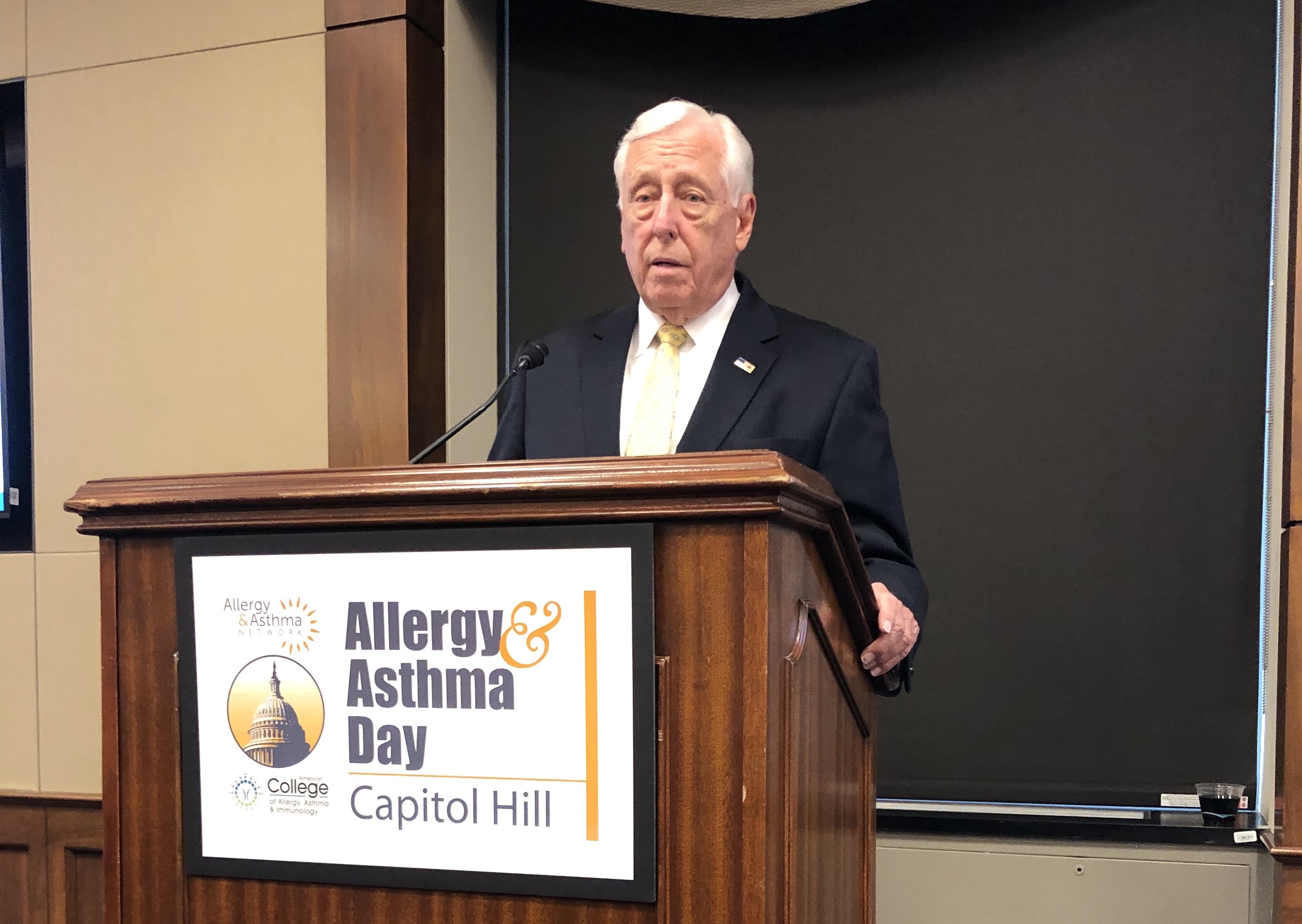Dr. Steven visits Capitol Hill
For the third year in a row, Dr. Steven traveled to Washington DC last week to participate in Asthma Action Day on Capitol Hill. This patient advocacy event sponsored by the Allergy & Asthma Network starts with patient testimonials. This year, two families told their stories about the complications they endured during the long prior authorization process for lifesaving, but expensive treatments for their severe asthma.
Dr. Steven was then assigned a busy agenda, meeting with the legislative assistants for six Congressional members to discuss health care policy. Visits included both Wisconsin Senators and Representative Jim Sensenbrenner from Wisconsin District 5. Dr. Steven also met with one Senator and two Representatives from Illinois.
Major talking points included maintaining funding for asthma services and research, and addressing Step Care requirements. Step Care is the process insurance companies use to decrease the use of expensive, but highly effective treatments. They require patients to first try and fail on several less effective medications that cost less. While on the less effective treatments, patients are at risk of complications due to lack of asthma control. These complications could be avoided if they had affordable access to the medication their asthma specialist knows will work best for them right away.
During the midday lunch briefing, the record turnout of 125 patient advocates heard from Representative Steny Hoyer, House Majority Leader, who related his personal connection to asthma. Representative Hoyer also shared his motivations to work on a bill encouraging the development of school-based allergy and asthma management pathways. The bill is co-sponsored by Representative Phil Roe (R-TN).

Dr. Steven took this opportunity with legislative assistants to promote additional patient-centered initiatives. One talking point was improving the use of telemedicine to allow asthma specialists to reach more patients in need of their services. Another growing concern is what has become known as "surprise billing" due to narrow networks thrust upon us by insurance companies. An example of surprise billing would be a patient going to the emergency room at a hospital the patient knows is covered by their insurance plan. After the visit, a surprise bill arrives in the mail from the Emergency Physician group employed by the hospital. The patient is covered for the charges from the hospital itself but has to pay the much higher out-of-network cost for the physician services. There was no reason for the patient to suspect that their insurance plan doesn't cover the doctor visit within a hospital that is covered by their insurance.
In addition to providing excellent patient care, Dr. Steven is passionate about making sure that all patients with allergies and asthma have access to the right medication. Many of the most effective treatments are expensive, so Dr. Steven will continue to advocate on his patients' behalf to make sure that access is affordable to everyone.

